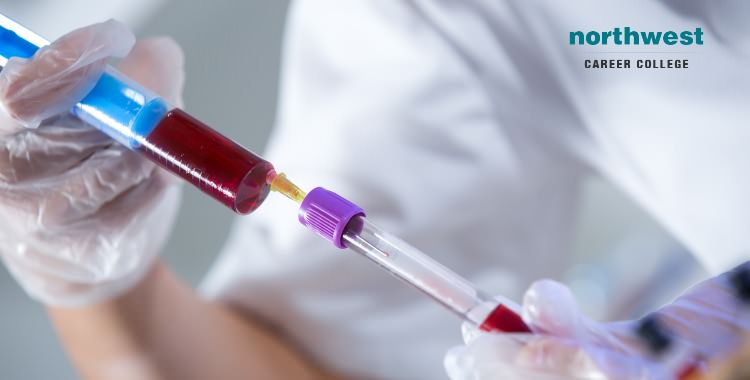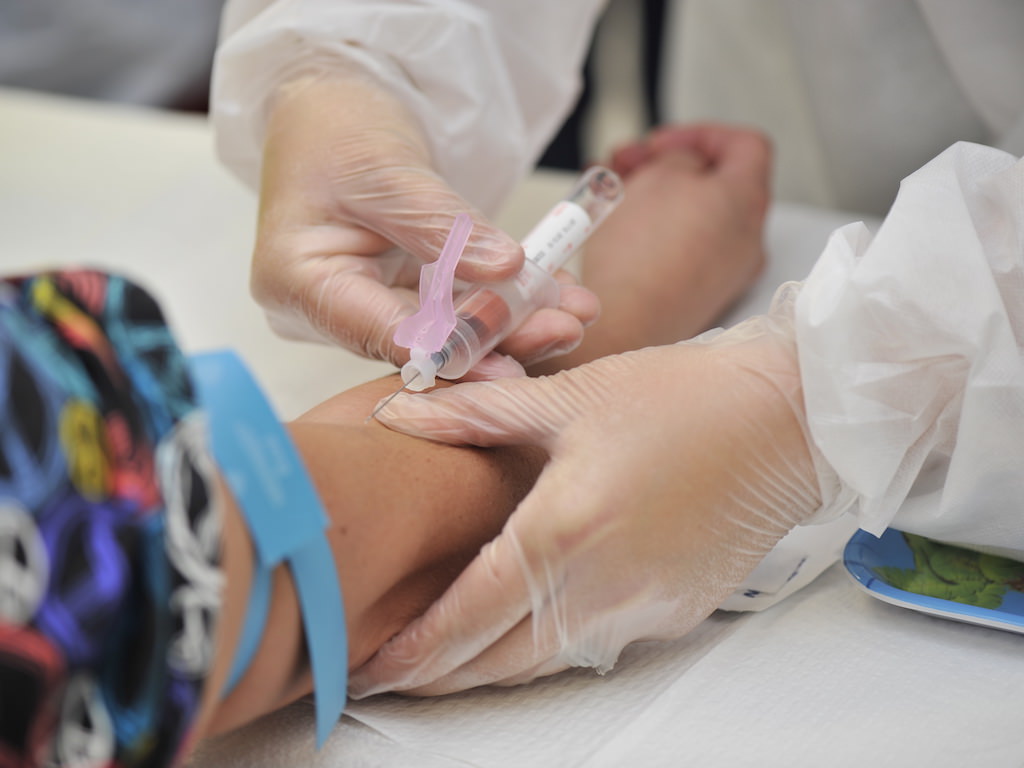How Northeast Medical Institute - New Haven Campus Phlebotomy Course & Cna Class can Save You Time, Stress, and Money.
How Northeast Medical Institute - New Haven Campus Phlebotomy Course & Cna Class can Save You Time, Stress, and Money.
Blog Article
See This Report on Northeast Medical Institute - New Haven Campus Phlebotomy Course & Cna Class
Table of ContentsThe Greatest Guide To Northeast Medical Institute - New Haven Campus Phlebotomy Course & Cna ClassThe Facts About Northeast Medical Institute - New Haven Campus Phlebotomy Course & Cna Class UncoveredThe Ultimate Guide To Northeast Medical Institute - New Haven Campus Phlebotomy Course & Cna ClassThe 4-Minute Rule for Northeast Medical Institute - New Haven Campus Phlebotomy Course & Cna ClassThe Northeast Medical Institute - New Haven Campus Phlebotomy Course & Cna Class PDFsThe 8-Second Trick For Northeast Medical Institute - New Haven Campus Phlebotomy Course & Cna Class
However, the use of such devices should be come with by various other infection avoidance and control techniques, and training in their usage. Not all security gadgets apply to phlebotomy. Prior to selecting a safety-engineered device, customers must completely check out available devices to identify their ideal usage, compatibility with existing phlebotomy methods, and efficacy in securing personnel and patients (12, 33).For setups with low resources, price is a driving variable in procurement of safety-engineered tools. Where safety-engineered devices are not readily available, competent usage of a needle and syringe is appropriate.
In the blood-sampling space for an outpatient division or facility, offer a comfortable reclining couch with an arm remainder.
The Buzz on Northeast Medical Institute - New Haven Campus Phlebotomy Course & Cna Class
Make certain that the indicators for blood tasting are plainly defined, either in a composed method or in documented instructions (e.g. in a lab kind). Accumulate all the equipment needed for the treatment and location it within secure and easy reach on a tray or trolley, making sure that all the things are clearly visible.
Where the person is grown-up and aware, follow the steps described listed below. Present on your own to the person, and ask the patient to state their full name. Examine that the laboratory type matches the individual's identification (i.e. match the person's details with the laboratory form, to ensure precise identification). Ask whether the patent has allergies, phobias or has ever fainted during previous injections or blood draws.
Make the client comfy in a supine setting (ideally). Location a clean paper or towel under the patient's arm. Review the examination to be done (see Annex F) and obtain verbal consent. The client has a right to reject a test at any moment prior to the blood tasting, so it is very important to make certain that the patient has understood the treatment.
The 9-Minute Rule for Northeast Medical Institute - New Haven Campus Phlebotomy Course & Cna Class
Prolong the patient's arm and check the antecubital fossa or lower arm. Situate a vein of a great dimension that shows up, straight and clear. The diagram in Section 2.3, shows typical placements of the vessels, but lots of variations are possible. The average cubital capillary exists in between muscles and is typically the most very easy to pierce.
DO NOT place the needle where capillaries are drawing away, due to the fact that this enhances the possibility of a haematoma. The capillary must show up without using the tourniquet. Finding the capillary will assist in figuring out the right dimension of needle. Apply the tourniquet regarding 45 finger sizes above the venepuncture site and re-examine the vein.
Samplings from main lines bring a threat of contamination or incorrect research laboratory test outcomes. It is appropriate, but not excellent, to draw blood samplings when first introducing an in-dwelling venous tool, before linking the cannula to the intravenous liquids.
The Main Principles Of Northeast Medical Institute - New Haven Campus Phlebotomy Course & Cna Class
Enable the area to completely dry. Failing to enable sufficient call time raises the threat of contamination. DO NOT touch the cleaned site; particularly, DO NOT place a finger over the vein to direct the shaft of the subjected needle. It the site is touched, repeat the disinfection. Carry out venepuncture as adheres to.
Ask the client to form a fist so the blood vessels are extra noticeable. Get in the capillary quickly at a 30 level angle or less, and continue to present the needle along the blood vessel at the most convenient angle of access - PCT Classes. When sufficient blood has been gathered, launch the tourniquet BEFORE withdrawing the needle
Indicators on Northeast Medical Institute - New Haven Campus Phlebotomy Course & Cna Class You Should Know
Take out the needle gently and apply mild pressure to the site with look at here a tidy gauze or dry cotton-wool sphere. Ask the patient to hold the gauze or cotton wool in area, with the arm extended and increased. Ask the person NOT to bend the arm, since doing so causes a haematoma.

Northeast Medical Institute - New Haven Campus Phlebotomy Course & Cna Class for Dummies
Do not push the syringe bettor due to the fact that added stress enhances the threat of haemolysis. Where possible, keep the tubes in a rack and move the rack towards you. Inject downwards into the appropriate coloured stopper. DO NOT get rid of the stopper since it will certainly launch the vacuum cleaner. If the example tube does not have a rubber stopper, infuse exceptionally gradually right into the tube as reducing the pressure and velocity used to move the sampling lowers the threat of haemolysis.

Report this page